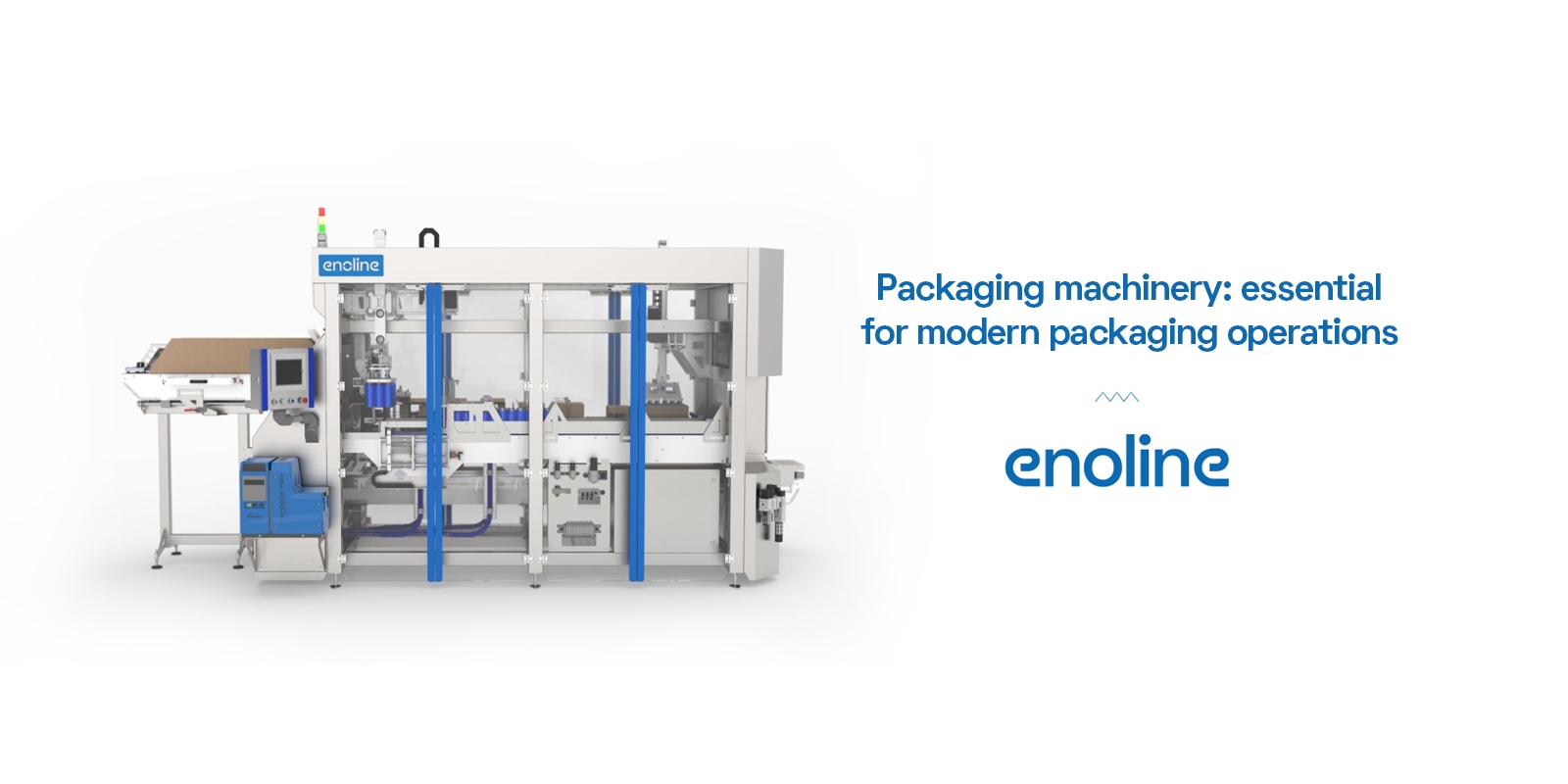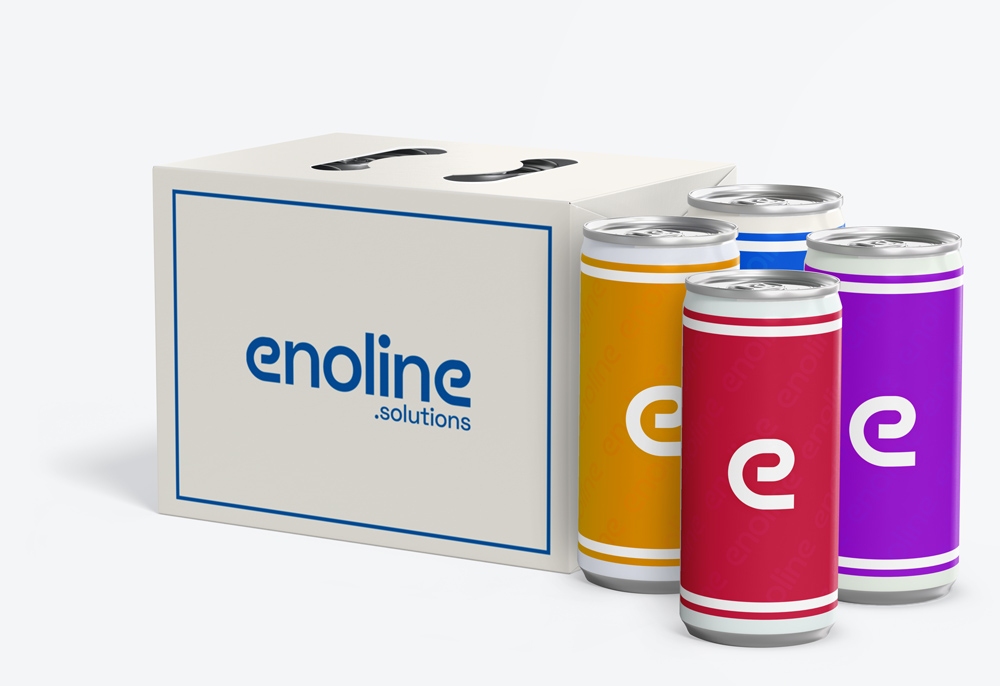November 14th
Packaging machinery: essential for modern packaging operations

Packaging machinery is indispensable across various stages of packaging, from primary packages to distribution packs. It involves multiple processes including fabrication, cleaning, filling, sealing, combining, labeling, overwrapping, and palletizing.
Overview of Packaging Machinery
Some packaging operations cannot function without specialized machinery. A key example is heat sealing, which is essential in many packaging processes to seal or prepare products. Even in slow, labor-intensive operations, heat sealers are vital.
For numerous industries, the quality of the heat seal is crucial for product safety. Therefore, heat sealing operations must be tightly controlled and include documented verification and validation protocols. Food, drug, and medical industries, in particular, require consistent seals to ensure safety. Proper equipment is indispensable for this task.
Automation in Packaging
Beer Bottling Lines
Packaging operations can be designed to accommodate various package sizes and forms, or to handle only uniform packages, with machinery or packaging lines adjustable between production runs. While manual operations offer flexibility, automated lines can handle substantial variation, ensuring efficiency.
Transitioning from manual operations to semi-automatic or fully automated lines provides several benefits. Apart from controlling labor costs, automation offers more consistent quality and optimized throughput.
With the increased use of programmable logic controllers (PLCs) and robotics, automation has become more efficient. Fully automated packaging lines may involve equipment from different manufacturers, along with conveyors and other ancillary systems. Integrating these systems can be complex, often requiring consultants or external engineering firms.
Choosing Packaging Machinery
When selecting packaging machinery, it's essential to assess various factors:
- Technical capabilities
- Labor requirements
- Worker safety
- Maintainability and serviceability
- Reliability
- Integration into the packaging line
- Capital cost and floor space
- Flexibility (change-overs, materials, multiple products)
- Energy requirements
- Quality of outgoing packages
- Compliance (food, pharmaceuticals, etc.)
- Throughput, efficiency, and productivity
- Ergonomics and return on investment (ROI)
Packaging machinery can be:
- Standard off-the-shelf equipment
- Custom-made for specific operations
- Refurbished and upgraded equipment
- Manufactured or modified by in-house engineers
Leasing options are also available and can be an attractive choice for many businesses.
Types of Packaging Machinery
Packaging machinery can be categorized into various types:
- Accumulating and collating machines
- Blister packs, skin packs, and vacuum packaging machines
- Bottle capping, over-capping, sealing, and closing machines
- Box, case, tray, and carrier forming, packing, unpacking, closing, and sealing machines
- Cartoning machines
- Cleaning, sterilizing, cooling, and drying machines
- Coding, printing, marking, stamping, and imprinting machines
- Converting machines
- Conveyor belts and related machines
- Feeding, orienting, and placing machines
- Filling machines (for dry, powdered, liquid, gas, or viscous products)
- Inspection machines (visual, sound, metal detection)
- Label dispensers, printers, and applicators
- Palletizing and depalletizing machines
- Sealing machines (heat sealers, tape, or glue units)
- Security seals and tamper-evident bands
- Weighing machines (check weighers, multihead weighers)
- Wrapping machines (flow wrapping, shrink wrapping)
- Form, fill, and seal machines for bags and pouches
- Specialty machinery (slitters, laser cutters, parts attachment)
Functions of Packaging Machinery
Packaging machinery plays an essential role in modern manufacturing, providing several key functions:
- Improve Labor Productivity
Machinery like sliding blister sealing machines can package products much faster than manual operations. For example, candy packing machines can wrap hundreds to thousands of candies in minutes. - Ensure Packaging Quality
Mechanical packaging ensures consistency, especially important for products that will be exported. - Handle Specialized Requirements
Specialized packaging needs, such as vacuum packaging, inflatable packaging, skin packaging, and pressure filling, are efficiently managed by modern machinery. - Reduce Labor and Improve Working Conditions
Machinery is particularly useful for handling bulky or heavy products, improving safety and working conditions. - Protect Workers and the Environment
Machinery reduces exposure to dust, toxic substances, and hazardous products, preventing contamination and ensuring a safer working environment. - Save Packaging and Storage Costs
Compression packaging can reduce storage costs for loose products like cotton, tobacco, or linen. - Ensure Hygiene and Product Safety
By eliminating manual handling, packaging machinery ensures that products, especially food and medicines, are kept free from contamination.
In conclusion, packaging machinery is essential for businesses aiming to maintain high efficiency, product safety, and consistency across packaging operations. Whether through automation, increased labor productivity, or specialized machinery, packaging plays a vital role in protecting both products and workers.
Let us find the best packaging machine for your company !

